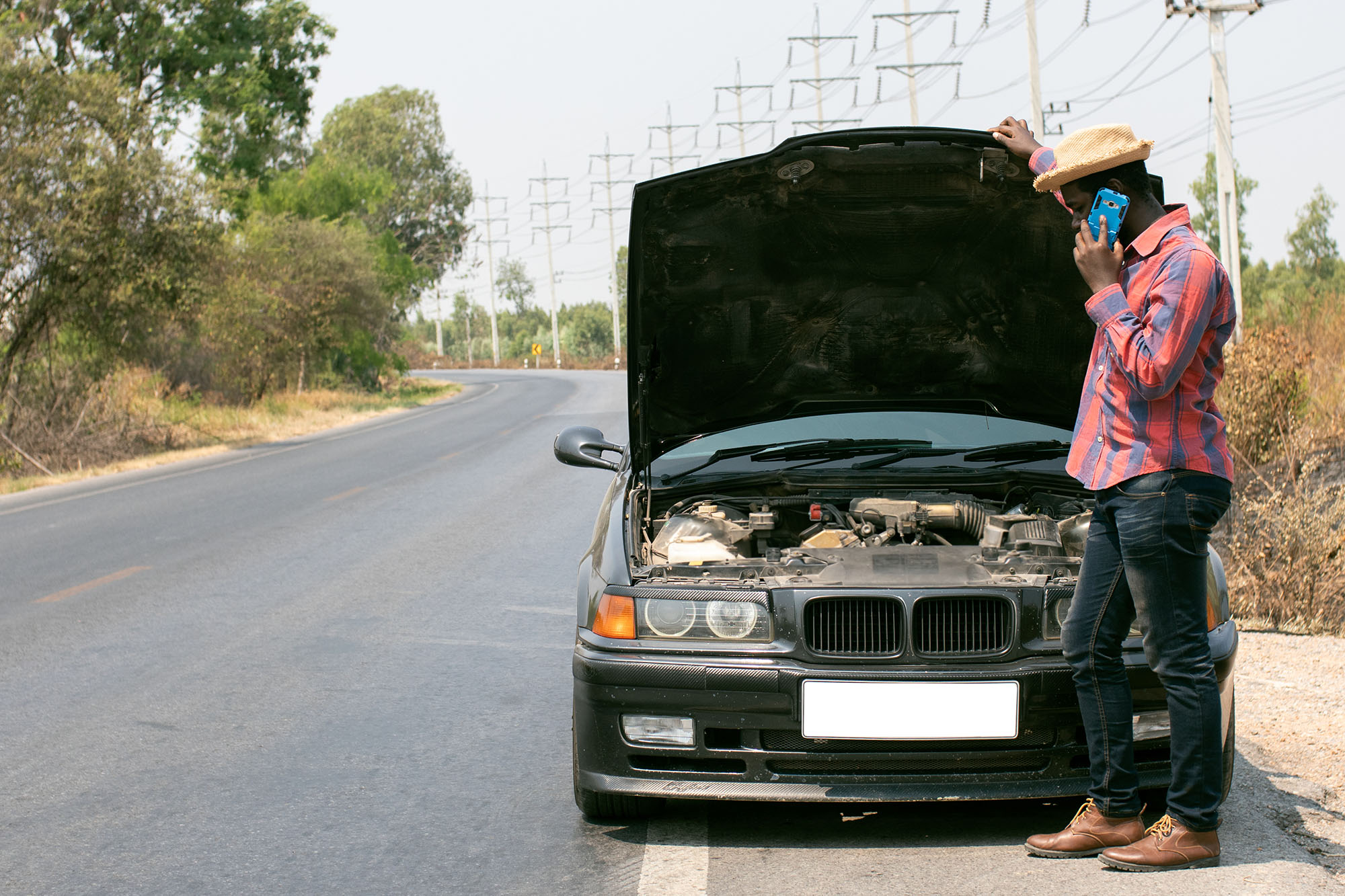Does GAP Insurance Cover Engine Failure?
This insurance policy protects you against depreciation, not a blown engine.
 Shutterstock
Shutterstock
When purchasing a new vehicle, the dealer may suggest that you add optional GAP insurance, which stands for guaranteed auto protection. If you lose the use of your vehicle permanently due to a collision or theft and you owe more than your comprehensive insurance policy pays out, GAP insurance can cover the potential difference. Without GAP, which is also usually recommended for leased vehicles, you would have to make up that shortage yourself.
However, GAP insurance does nothing if you temporarily lose the use of your vehicle due to engine failure. That's where your new vehicle warranty or extended warranty might apply.
GAP Insurance Can Offset a Depreciated Car
According to Kelley Blue Book, as of July 2023, the average price of a new car was around $48,000. So it will probably come as no surprise that buyers are taking longer and larger loans. One unfortunate consequence of these longer loans is that, as the vehicle depreciates, more people than before end up owing more than the car is worth. That's known as negative equity, or being upside down. This can be especially likely in the early years of ownership and if the down payment was less than 20%.
Remember, as your vehicle depreciates, the amount that your comprehensive insurance policy — theft and collision — will pay out for a total loss also decreases. To understand GAP's purpose, consider what could happen if your car were totaled in a collision or stolen and you still owed $25,000 on the loan. If the insurance company determined the vehicle's current market value was $19,000, you would owe your finance company $6,000 for a car you no longer have.
Simply put, GAP insurance — which can run around $400 to $700 up front if buying through a dealer or about $40 per year when added to your existing policy through your insurance company — can make up that difference.
But GAP Insurance Won't Rescue Your Car's Blown Engine
Of course, accidents and theft aren't the only reasons you could lose the use of your car. A blown engine can do that, too. If engine failures affect many of an automaker's models, the problems will make headlines. That was the case in early October 2023, when the National Highway Traffic Safety Administration expanded an investigation into more than 700,000 late-model Ford models due to catastrophic engine failures.
That is not a rescue job for GAP insurance, however, but rather the new-vehicle warranty. In this case, the investigation involved 2021 to 2022 model-year vehicles, and Ford reminded owners that they'd be covered under the terms of the vehicles' five-year or 60,000-mile powertrain warranty.
Mechanical Breakdown Insurance Is an Option for Newer Cars
An extended warranty could also provide reassurance in the case of a major engine failure or even perhaps a blown head gasket, a lesser but still expensive repair job. Offered by insurance companies, mechanical breakdown insurance is another option, but it comes with a major caveat: You need to purchase it while the car is very new.
In Geico's case, the car must be less than 15 months old and have fewer than 15,000 miles on the odometer. You must then renew the policy each year to maintain coverage — up to 100,000 miles with the Geico product — that's available after the new-vehicle warranty expires.
For some vehicles with very long powertrain warranties, such as Hyundai's 10-year or 100,000-mile terms, mechanical breakdown insurance would not make financial sense.
Written by humans.
Edited by humans.
 Jim Koscs
Jim KoscsJim Koscs has been writing about cars for more than 30 years, his byline appearing in national enthusiast and trade publications, newspapers, and websites. He covers a broad spectrum of topics in automotive business, culture, collecting, design, history, racing, and technology. The "car thing" goes way back for Jim. At the 1968 New York Auto Show, he snuck away from his father to get a better look at a Rolls-Royce... from underneath it, to see if it had dual exhausts. (It didn't.)
Related articles
View more related articles